|
Photo impressions of field work on the FRAGILE project |
A personal photo report from
Maarten Loonen |
25 June 2005 |
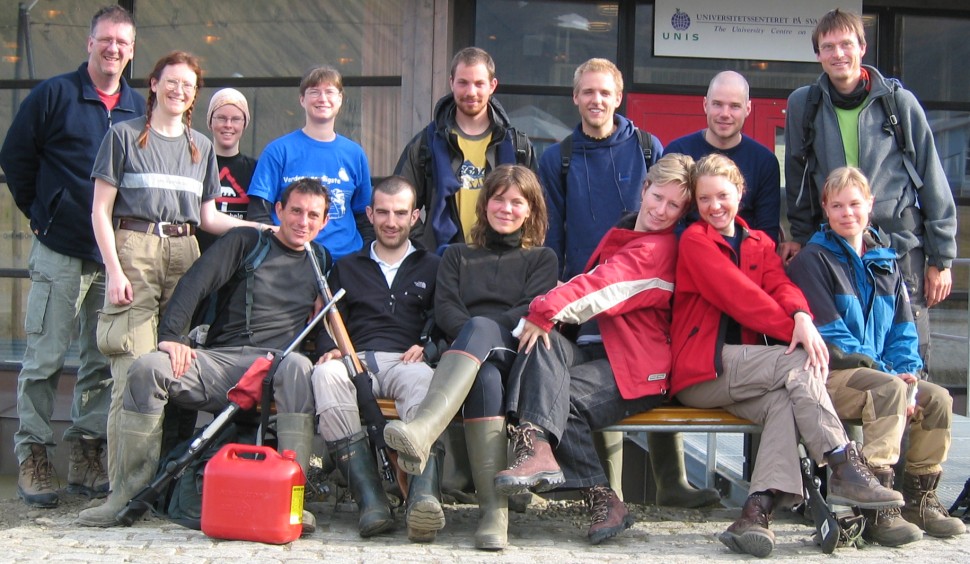 |
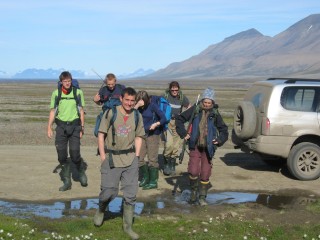
|
24 June 2005 At the field site, there is a small hut were we reorganize our stuff and start working. |
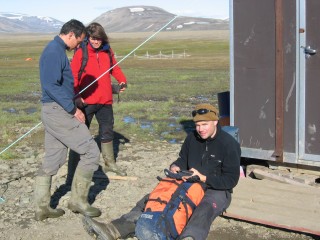 |

| 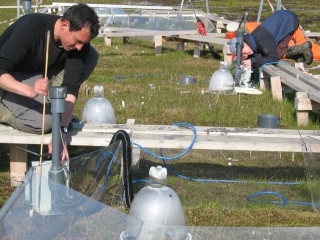 |
Carbon cycle Max and Anne-Mette are installing the domes to measure carbon cycling.Air is pumped through the domes and carbondioxide is measured in the incoming and outgoing air. Part of the measurement is made while the domes are covered with a dark cloth. In this way they measure resoiration and fixation of carbon in all blocks and all treatments. |
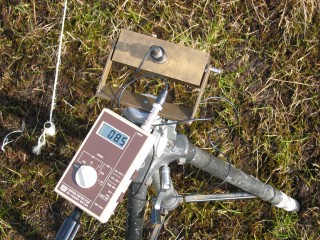
|
NDVI biomass Maarten Loonen is measuring the refelectance of the vegetation in the near infrared and the red colours. With these reflectance values, a biomass index can be calculated.This NDVI is used also to measure biomass from satellite pictures and airplanes. Maaren has a small deviced for ground observations borrowed from Mennobart van Eerden. Biomass will also be measured by cutting turfs. In this way, the NDVI can be calibrated. |
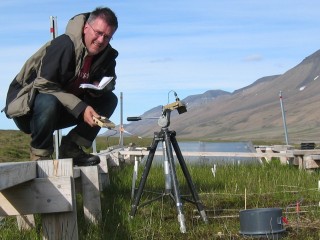 |
|
Vegetation composition Elisabeth Cooper is in charge of the vegetation composition measurements.This is called point quadrating. She is determining the plant species at 100 points in a frame and measures leaf length. Janik is helping her writing down the data. You can clearly see how the weather improved over the day. We could almost rely on normal clothing. In recent years it also means that there is an increasing amount of insects trying to get our attention and our blood. |
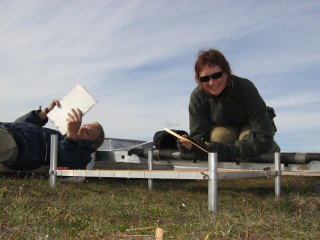
| 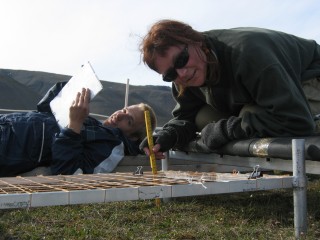 |
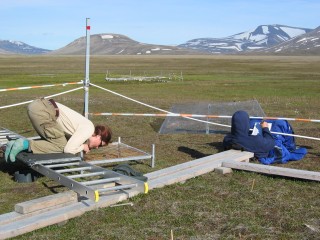
| 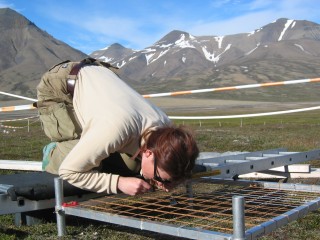 |
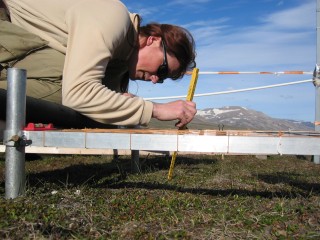 |
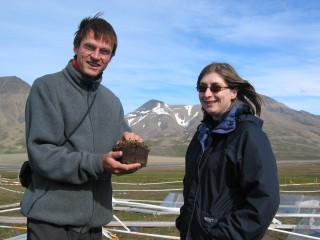
| 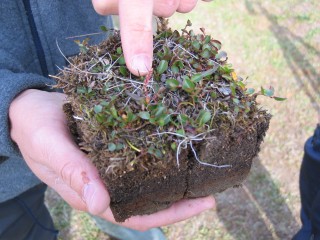 |
Harvest For three years, we have garzed and warmed the vegetation. Now it is time to harvest the treatments. RenÚ van der Wal is doing a trial with the first turfs on the dry site.Lisa Cole will take turfs back to the UK and study echytraeid abundance and microbial community structure. |
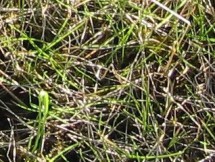 |
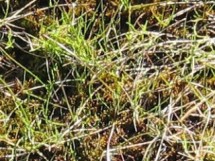 |
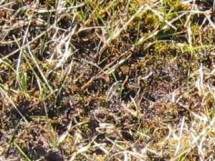 |
Comparison of treatments These six pictures give a detail from the different treatments at a wet site: block WF.The top row are the treatments with ambient temperature. The bottom row are the treatments with enhanced temperature. By surrounding the plot with an open top glass enclosure, the temperature is about 2-3 degrees warmer in these plots. From left to right, there are three grazing treatments. The left column is ungrazed. The second column is grazed with a normal grazing pressure. The third column is overgrazed, with a grazing pressure about 3-5 times higher than normal. |
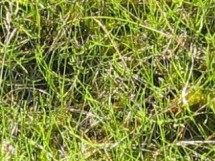 |
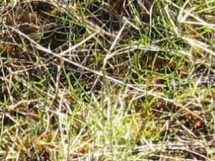 |
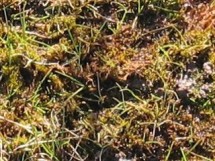 |
| NEXT | next report not yet available |
| PREVIOUS | previous report on FRAGILE fieldwork: 15 June 2005 |
| INDEX | index to all reports on FRAGILE fieldwork |
| New website with all years: | http://www.arcticstation.nl |
| Fieldwork in this period in Ny-┼lesund: | http://www.maartenloonen.nl/nyaal |
| Personal webpage Maarten Loonen, index to all his pages: | http://www.maartenloonen.nl |
| Official webpage of the Arctic Centre, Groningen (NL): | http://www.arctic-centre.nl |